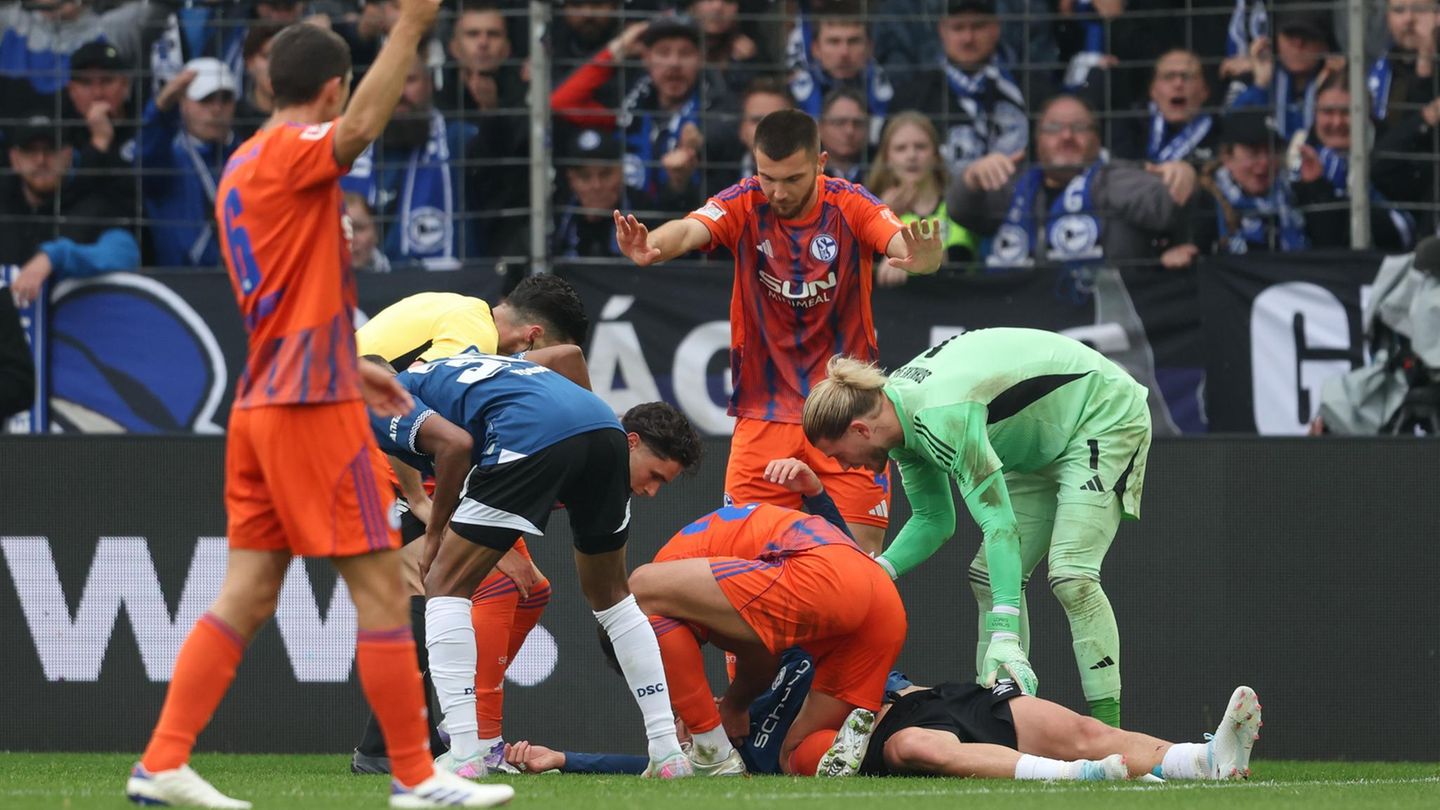No confidence vote in parliament, then resignation – but now Stefan Löfven has come a step closer to the office of Swedish Prime Minister. The possible majority, however, is very thin.
The resigned Swedish Prime Minister Stefan Löfven has the chance to return to office. One week after his resignation and after several days of explorations about a new basis for government, Parliament President Andreas Norlén proposed the Social Democrats for the office of Prime Minister.
This is to be voted on in parliament on Wednesday. If Löfven manages to prevent a majority voting against him, his new government can start work on Friday. Löfven’s red-green minority government was overthrown by a vote of no confidence in parliament two weeks ago in the course of a rent dispute with the Left Party. Löfven then had a week to choose between resigning and re-election. Last Monday he submitted his resignation, whereupon the search for a new government began. The head of the moderates, Ulf Kristersson, was the first to be charged with forming a government, but gave up before the deadline. Next came Löfven’s turn, who over the weekend mainly tried to get the Center Party on his side again.
Löfven now wants to form a red-green minority government again. The Swedish population does not want a new election, but rather stability and security, as good as possible during a pandemic, he said at a joint press conference with Norlén. In addition to the difficult negotiations, Löfven added that not all parties could get everything, but everyone could get something.
Shortly before the announcement, the Center Party announced that it would be prepared to abstain from the vote and thus support Löfven in return for reforms. Since the Left Party had previously signaled such support for Red-Green, it now looks like Löfven can get 175 of the 349 votes behind him – that’s just as many as he needs. A deviator among the Social Democrats, the Greens, the Left, including a member of the party who has left the party, and the center is enough to block Löfven’s path.
The fact that forming a government in Sweden has become much more difficult in recent years since the right-wing populist Sweden Democrats have gained strength also plays a role in this situation. Before that, there had been two roughly equally strong political camps in Sweden: a left-wing one under social democratic leadership and a bourgeois one under the leadership of moderates. In order to solve a blockade that emerged after the parliamentary elections in 2018, Löfven entered into a cooperation with the center and the liberals after tough negotiations across the traditional block boundaries.
However, this cooperation has always been fragile. The liberals have returned to the bourgeois camp and the center does not want to cooperate with the Sweden Democrats or the Left Party. Center boss Annie Lööf said on Monday that her party would enter a “constructive opposition” and would submit its own budget proposal in the fall. Cooperation and constructive solutions are the way forward, which is why they want to support Löfven in the vote. Meanwhile, there were signs from his green junior partner that he could not accept the centre’s reform wishes.
Norlén made it clear that this was a term like no other in Swedish politics. This had already started in 2018 with a record-long government formation that lasted 134 days, and then the coronavirus pandemic was added. “We have a changing democracy, but we do not have a democracy in crisis,” he said. Even if there are problems, challenges and threats, democracy is based on stable institutions and a strong civil society. The next parliamentary election is planned in Sweden in September 2022.
David William is a talented author who has made a name for himself in the world of writing. He is a professional author who writes on a wide range of topics, from general interest to opinion news. David is currently working as a writer at 24 hours worlds where he brings his unique perspective and in-depth research to his articles, making them both informative and engaging.




